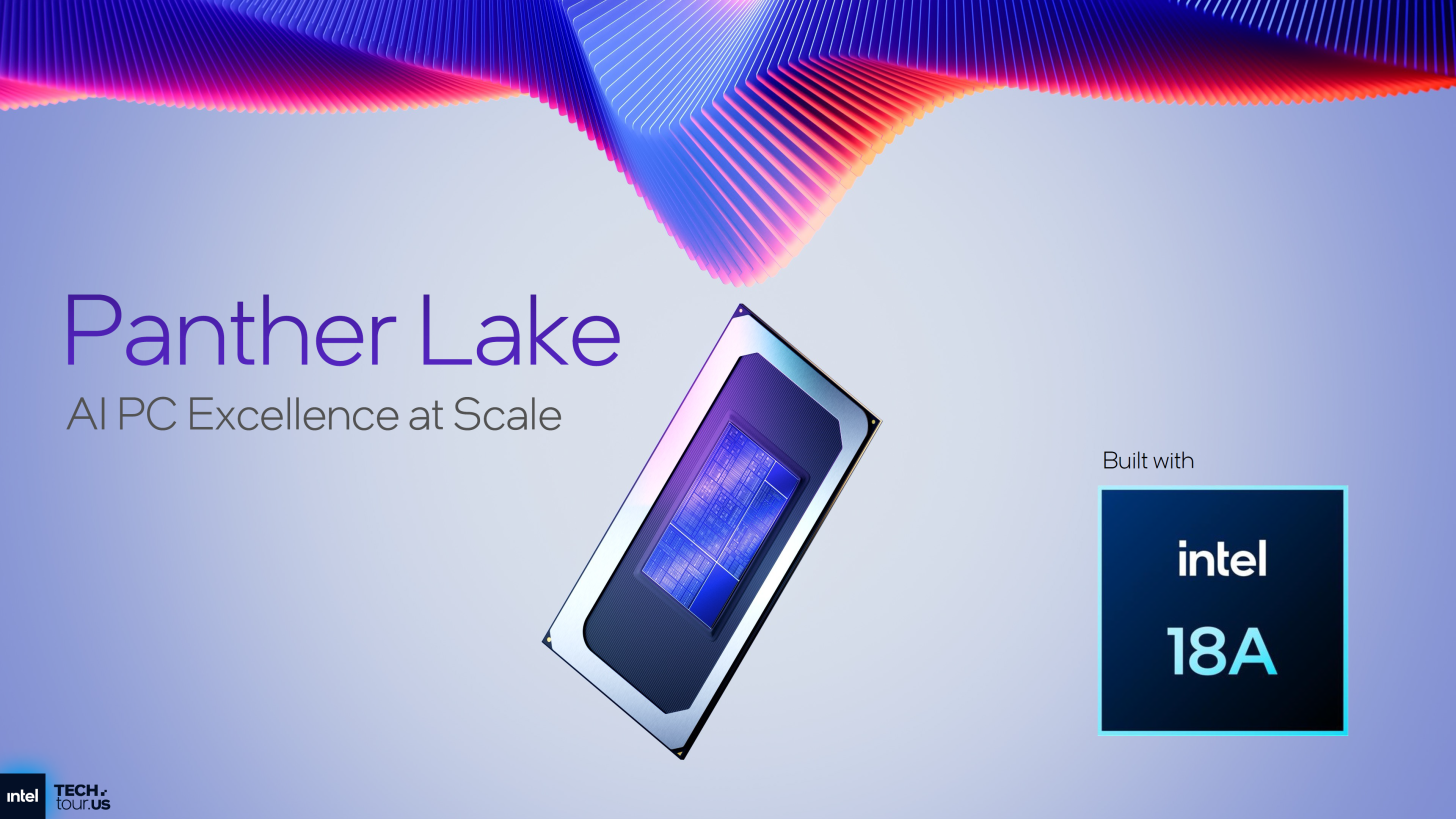Intel is gearing up to launch Panther Lake, its next-generation Core Ultra Series 3 platform, which will begin rolling out in late 2025 and power laptops into 2026. The new chips are built on Intel’s advanced 18A process node, introducing redesigned CPU and GPU cores, improved efficiency, and stronger AI capabilities.
Panther Lake will be offered in several configurations, including an 8-core, 16-core, and a high-end variant featuring 12 Xe3 GPU cores and 12 ray tracing units. Intel says it will deliver its most powerful integrated graphics performance yet, setting a new bar for thin and light laptops.
The processor includes updated Cougar Cove performance cores and Darkmont efficiency cores, designed to deliver up to 50 percent more performance at similar power levels compared to Lunar Lake. Intel’s focus is clear: better performance per watt, smoother multitasking, and more efficient thermal management for gaming and productivity.
Panther Lake also moves away from on-chip memory integration, instead supporting LPDDR5 up to 96 GB and DDR5 up to 128 GB, giving manufacturers more flexibility. The built-in neural processing unit (NPU) is faster yet smaller, built to handle on-device AI workloads more efficiently without draining power.
On the graphics side, Intel promises over 50 percent faster GPU performance, powered by the new Xe3 architecture. Features like AI-based upscaling, real-time shader optimization, and improved ray tracing aim to bring desktop-level visual quality to laptops.
To improve gaming stability, Intel’s new Intelligent Bias Control v3 will dynamically shift background tasks to efficiency cores, keeping frame rates consistent and reducing thermal strain. Combined with a new Universal Compression system to streamline bandwidth use, Panther Lake appears built to balance speed, efficiency, and visual fidelity across all workloads.
Intel has already begun production, with initial systems expected to ship at the end of 2025. Early demos suggest a meaningful leap in performance, energy savings, and AI integration, setting the stage for one of Intel’s biggest mobile releases in years.





